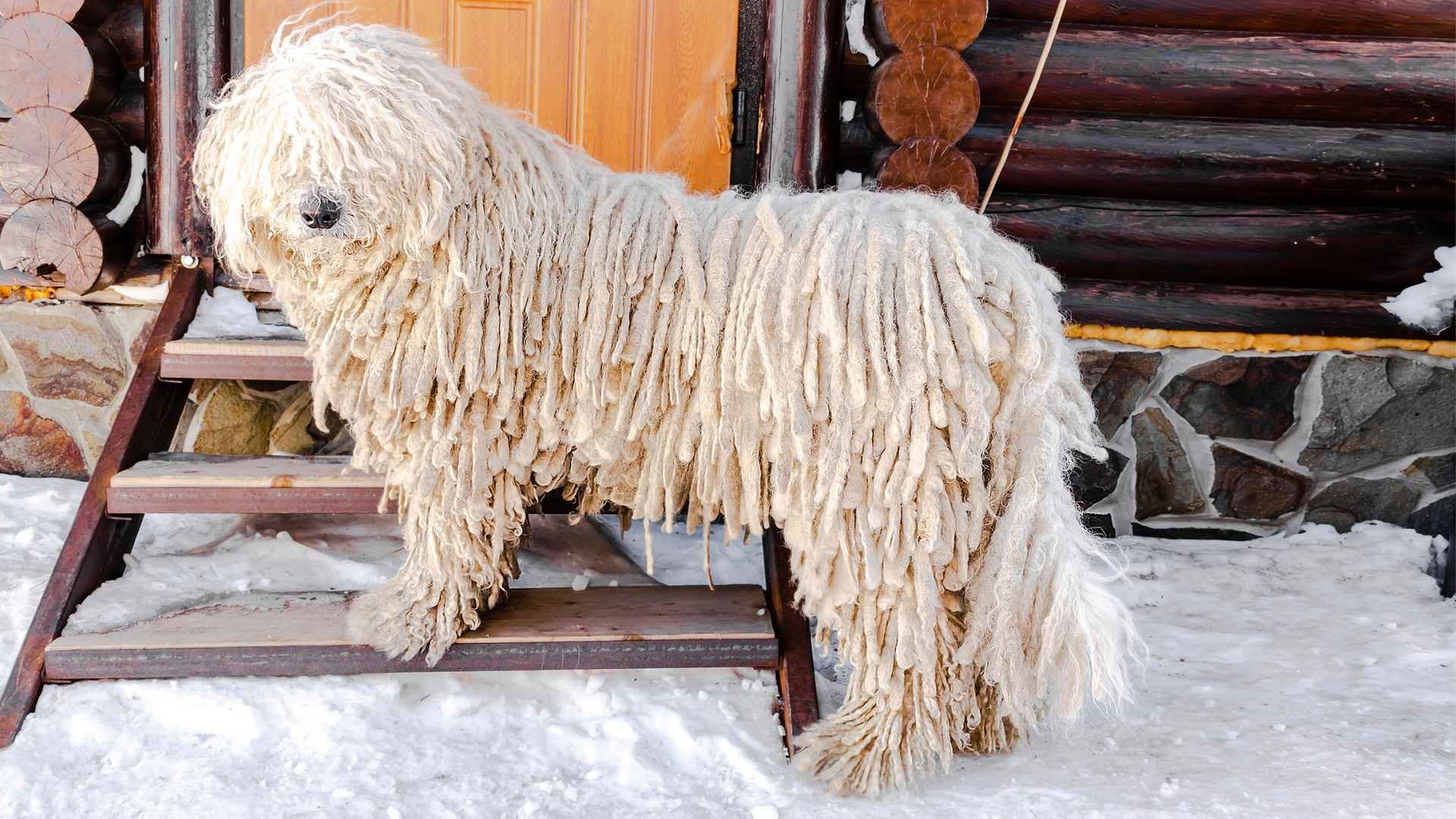Walking down the street and spotting what appears to be a living creature can stop you in the middle of your track. These dogs have a corded coat that naturally transforms into rope-like structures and creates a mop-like appearance. This happens when specific hair types interweave naturally and form dense and protective mats.
Dog Breeds That Look Like Mops
These corded breeds originated in harsh climates where their unusual coats provide good protection from extreme weather and predators. Today, they make everyone turn their heads on the go. They have a unique appearance and are intelligent with a gentle nature.
1. Havanese
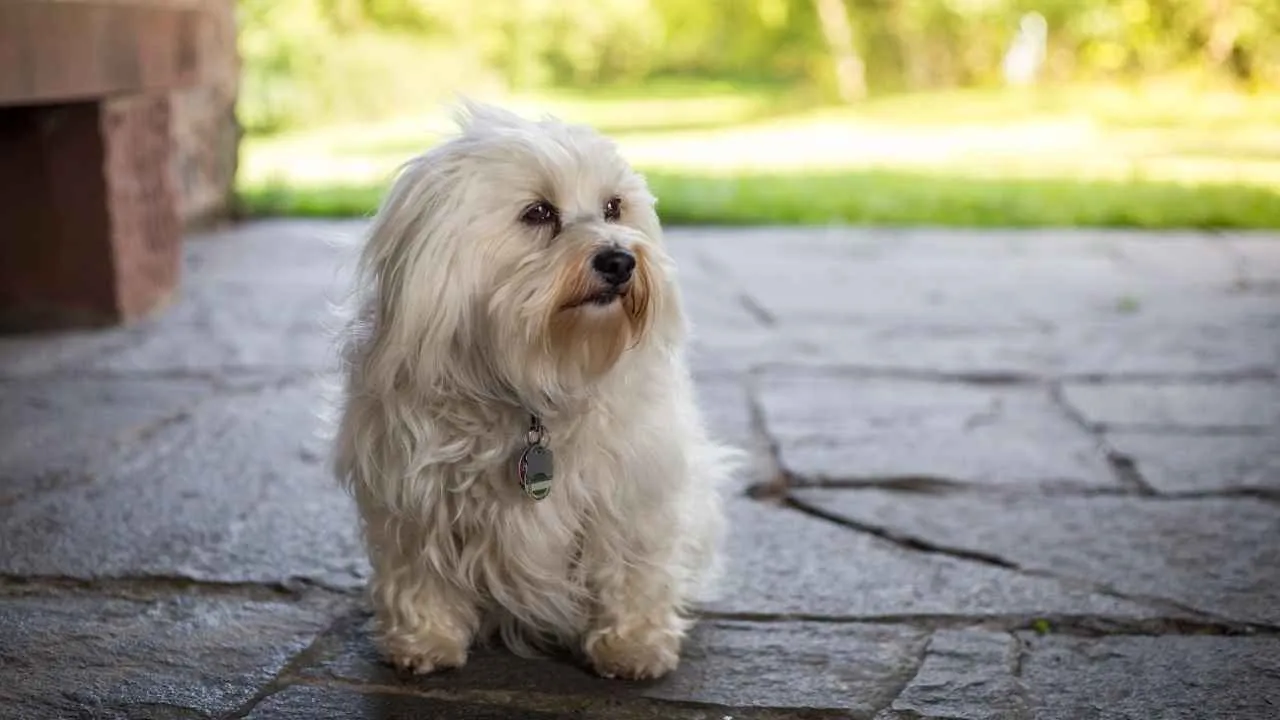
The Havanese has a special place in the canine world as Cuba’s only native breed that’s developed from dogs brought by Spanish colonists in the 1500s. These compact dogs weigh between 7 -13 pounds. They are perfect for apartment living and city dwellers.
What makes them unique isn’t just their potential for cord development but their remarkable adaptability to urban environments. They love human interaction and are good-natured and family dogs. They need moderate exercise and are willing to run and jump when you’re with them.
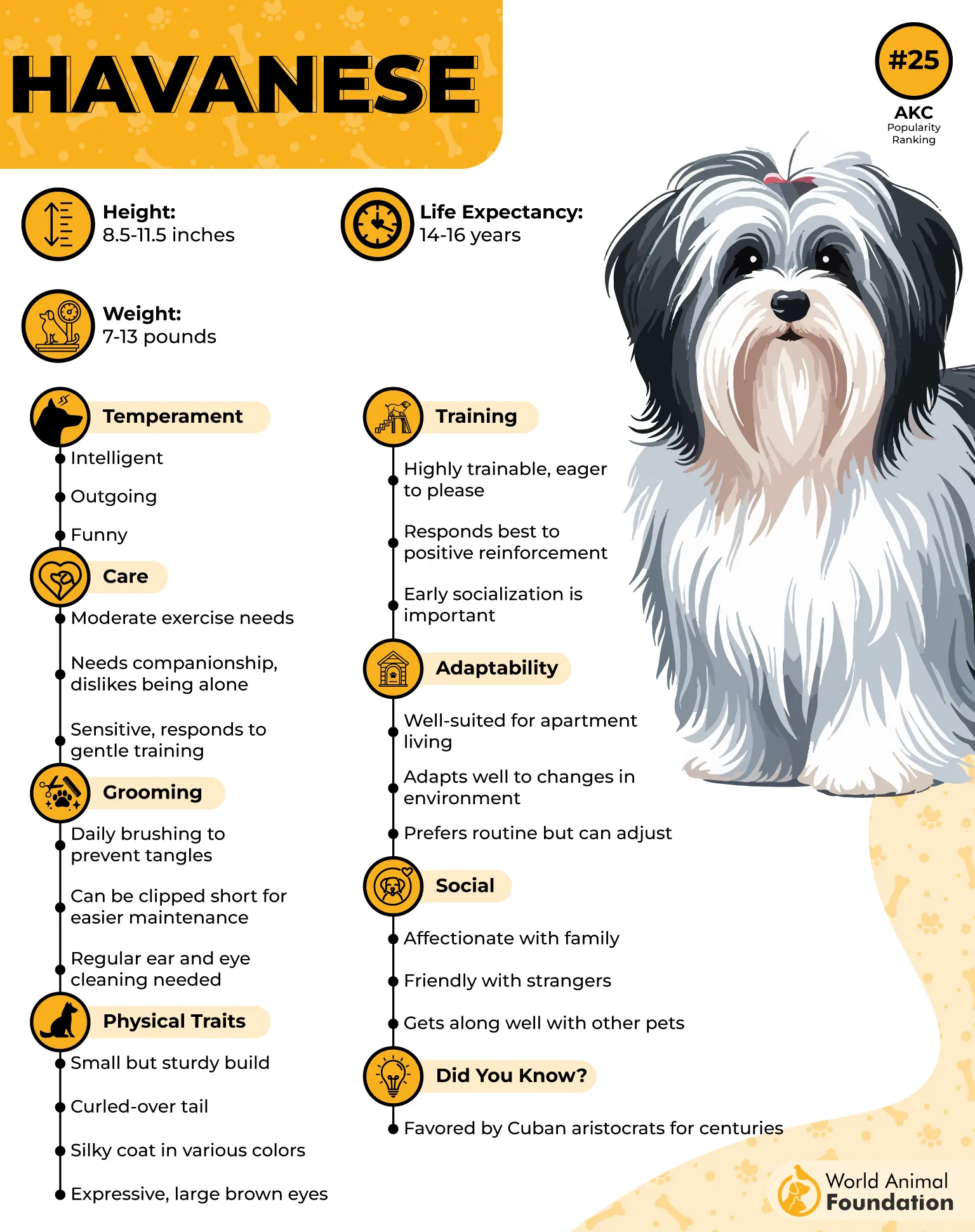
Many owners want to maintain their Havanese in a traditional brushed coat rather than allow hair to grow into cords. Unlike other breeds, Havanese need help from their owners to separate developing mats every few days.
2. Komondor
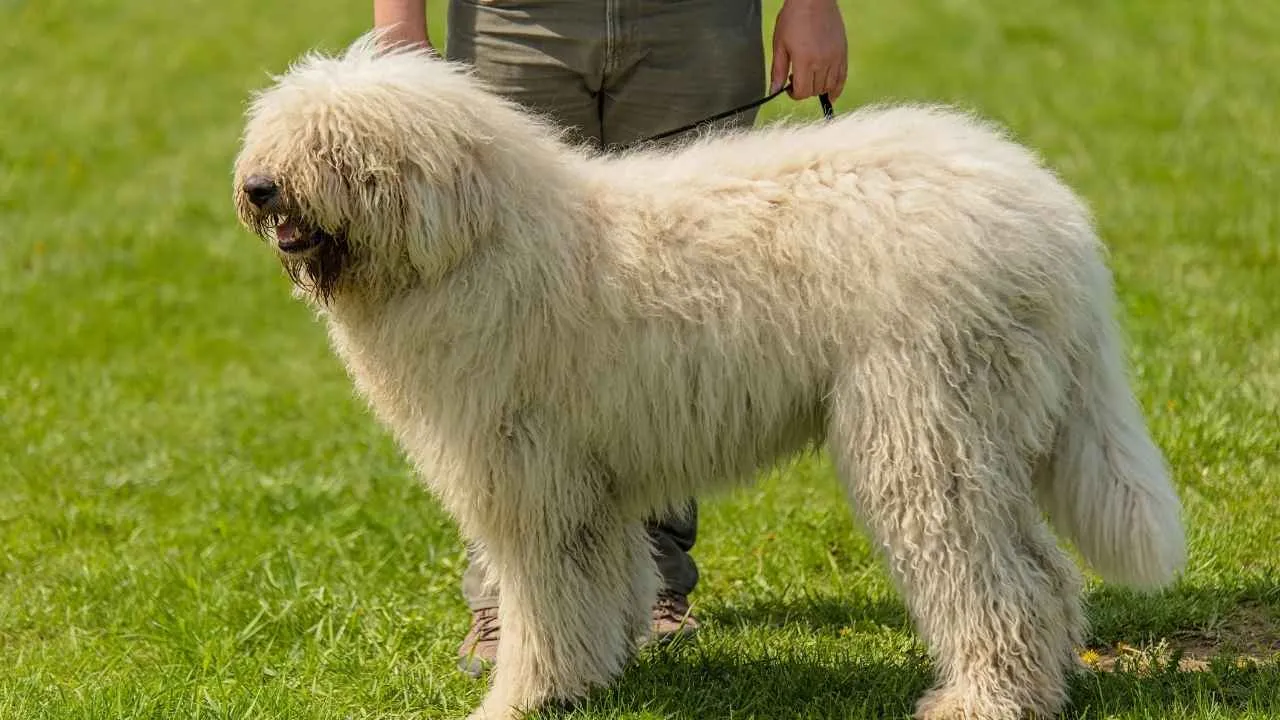
Call it KOM-on-door, and you’re talking to one of the most impressive dog breeds. These are large Hungarian dogs specially built to guard livestock against wolves and bears. Their name, Komondor, has its background from the Cuman dog that reflects the Cuman people who brought these dogs to Hungary.
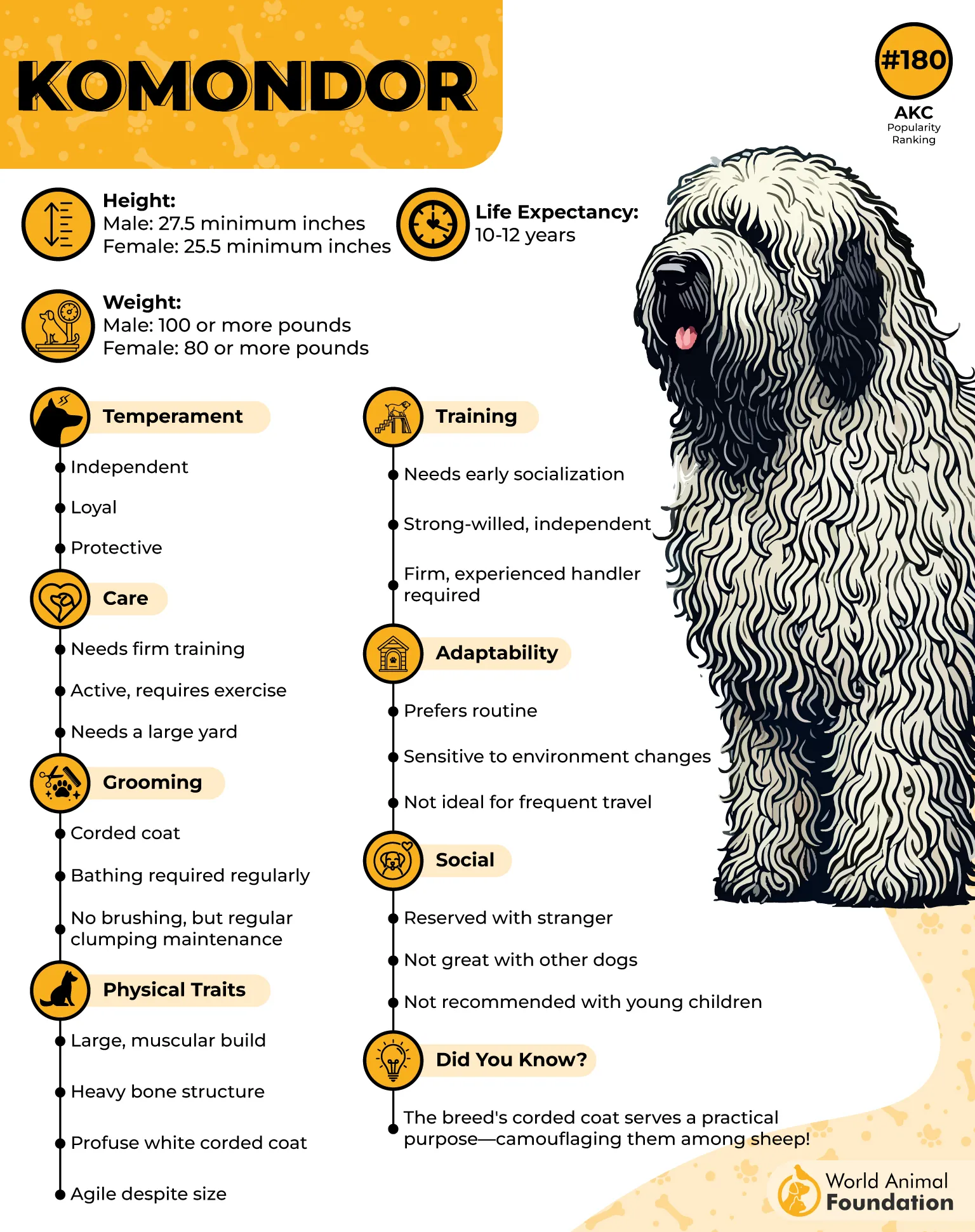
These digs have a weight of over 100 pounds and stand at least 27.5 inches. This breed has a distinctive white corded coat that protects them. Their coat begins as a soft puppy coat and gradually changes into cords as the dog matures. This process starts when they reach around eight to twelve months of age.
PDSA says their coat develops naturally without needing any professional grooming regularly. The thick, corded coat protects against predators as it blends easily with a sheep flock. The white colors help them remain camouflaged, and their fluffy texture helps them against the weather conditions.
3. Puli
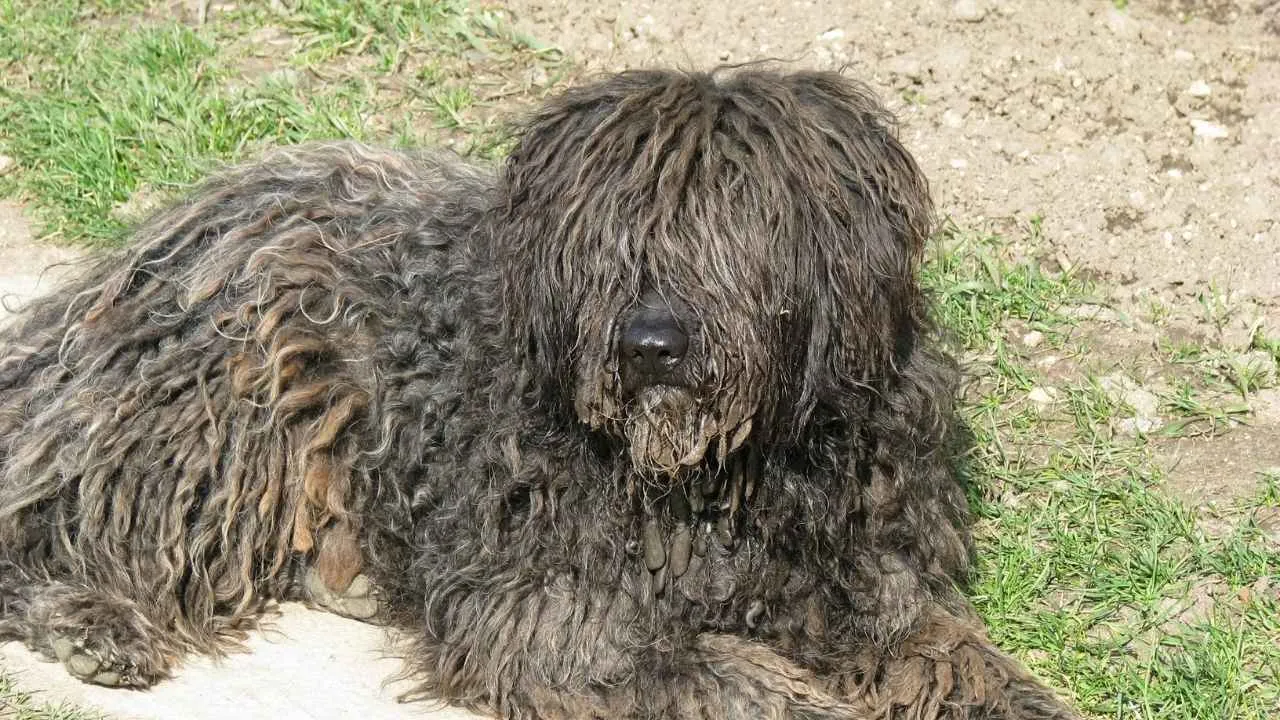
They were bred for agility and speed. They leap onto the backs of sheep and are called as acrobats of the dog world. Their 25 – 35 pound frame has incredible athletic ability and requires owners who can match their energy.
Their waterproof coat comes in black, white, or various shades of gray. Black cords hide dust but show dandruff, while white cords will need frequent cleaning a the spots are visible easily. The coat naturally grows into mats and forms long cords.
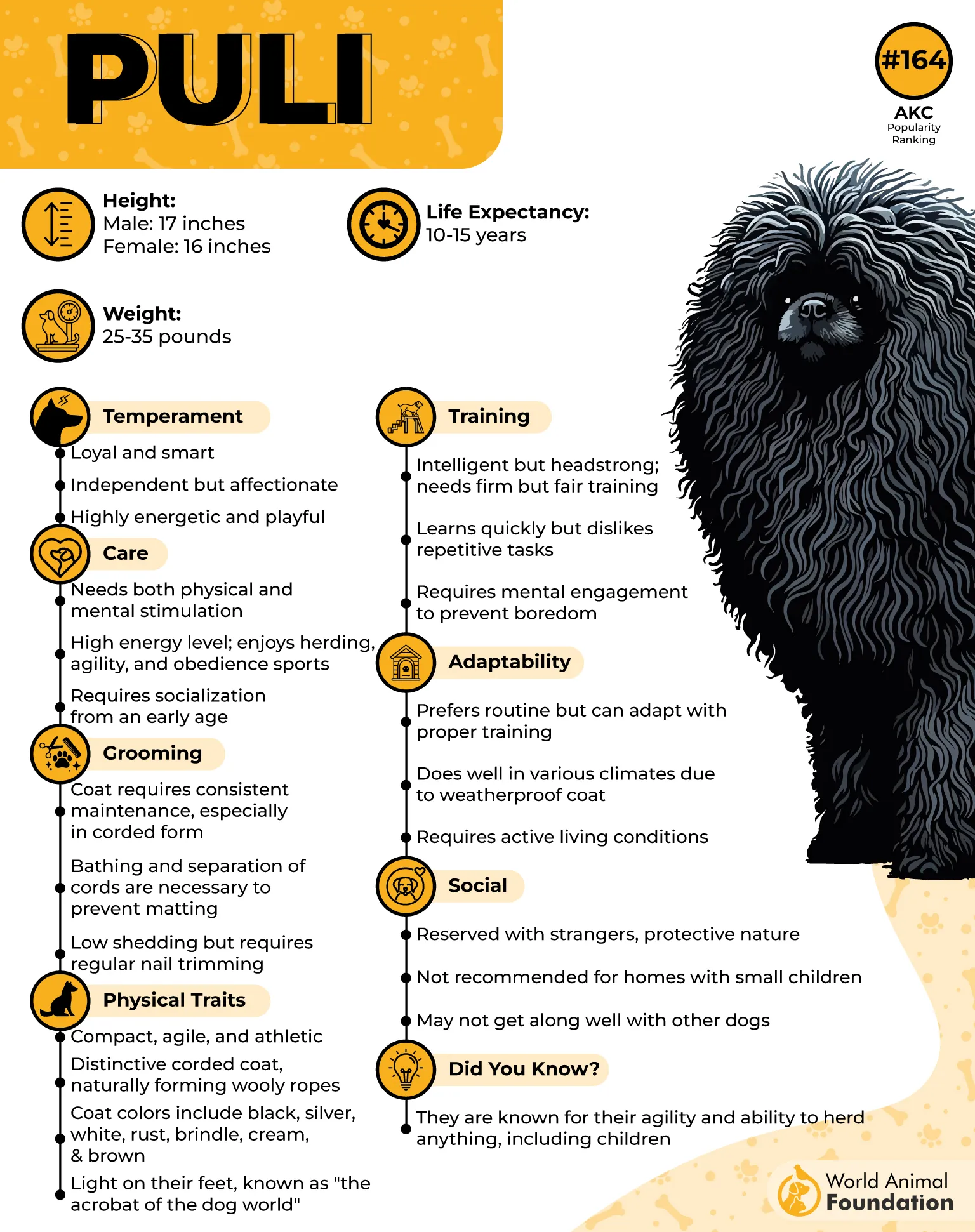
You’ve got to professionally groom them, and they need physical exercise ass well. Puzzle, toys, agility training, and herding games are what they love the most. Purina states that they have a bit of strange herding behavior as they can target incorrectly, like children and cars.
4. Bergamasco Sheepdog
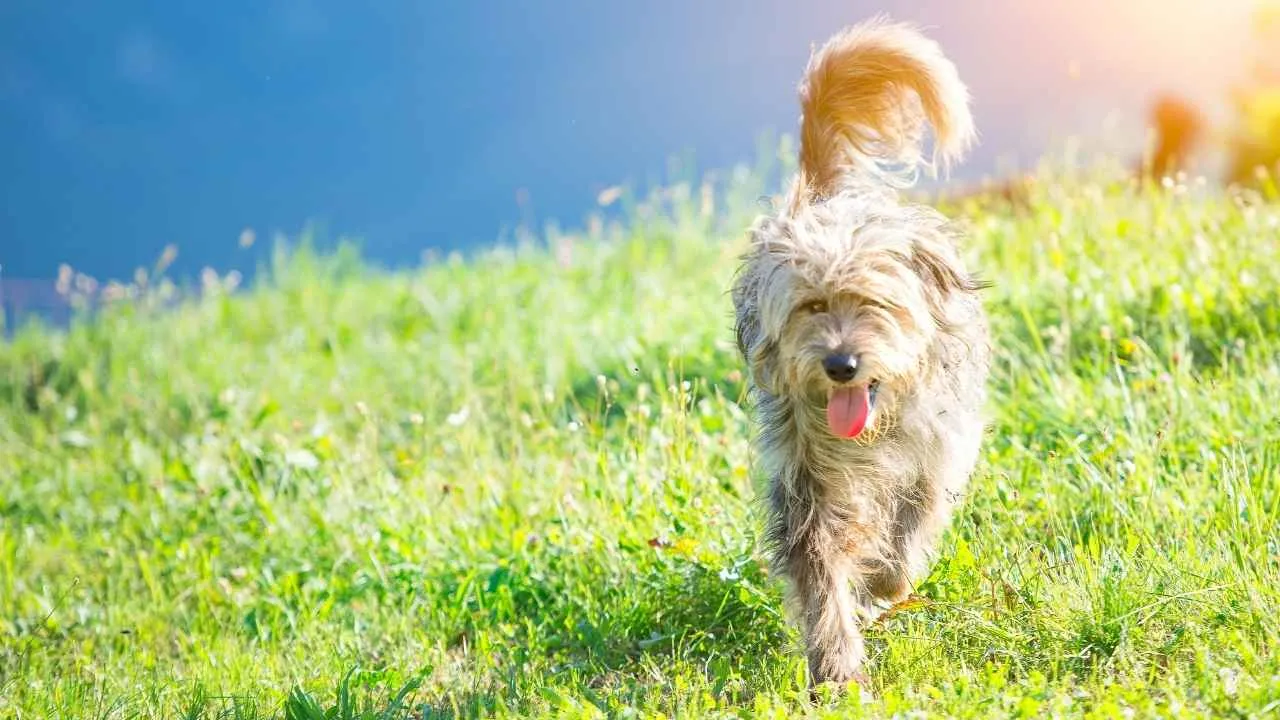
They originate from the harsh environment of the Italian Alps, the Bergamasco Sheepdogs represent centuries of careful breeding for both function and survival. This breed develops the most unique coat textures in the canine world.
These dogs weigh between 55 – 70 pounds and develop coats that continue growing throughout their life. The coat naturally parts over their head, but they have long eyelashes that keep their vision safe while they work.
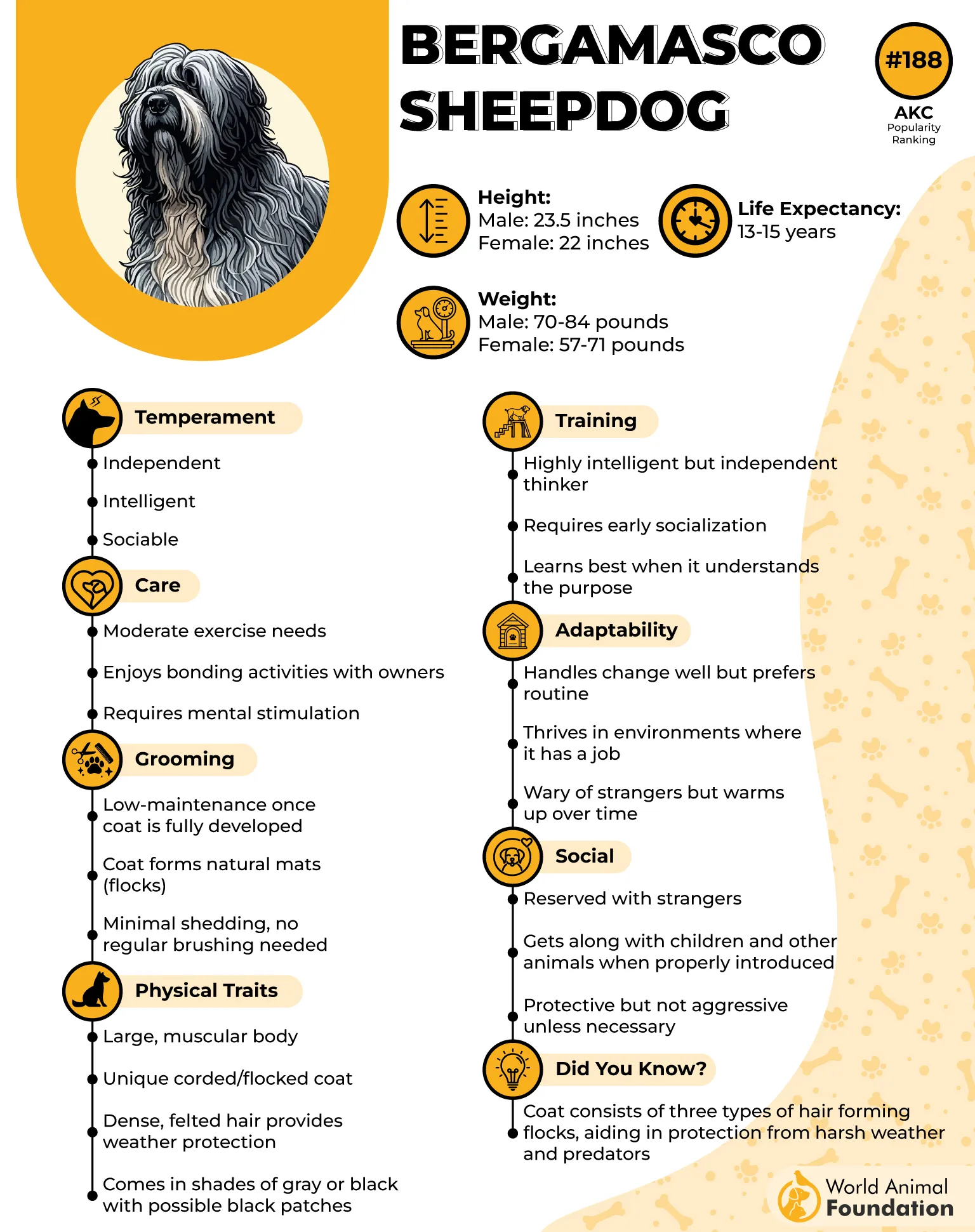
When they need a bath, you’ve got to care. Their coat takes hours to dry completely. Bergamascos are problem-solving and have a gentle nature with a mop-like appearance. They love to play puzzles and games like hide and seek. These dogs form good bonds with their owners, and they also bond individually. They are affectionate in nature, proving a good addition to your family.
5. Lhasa Apso
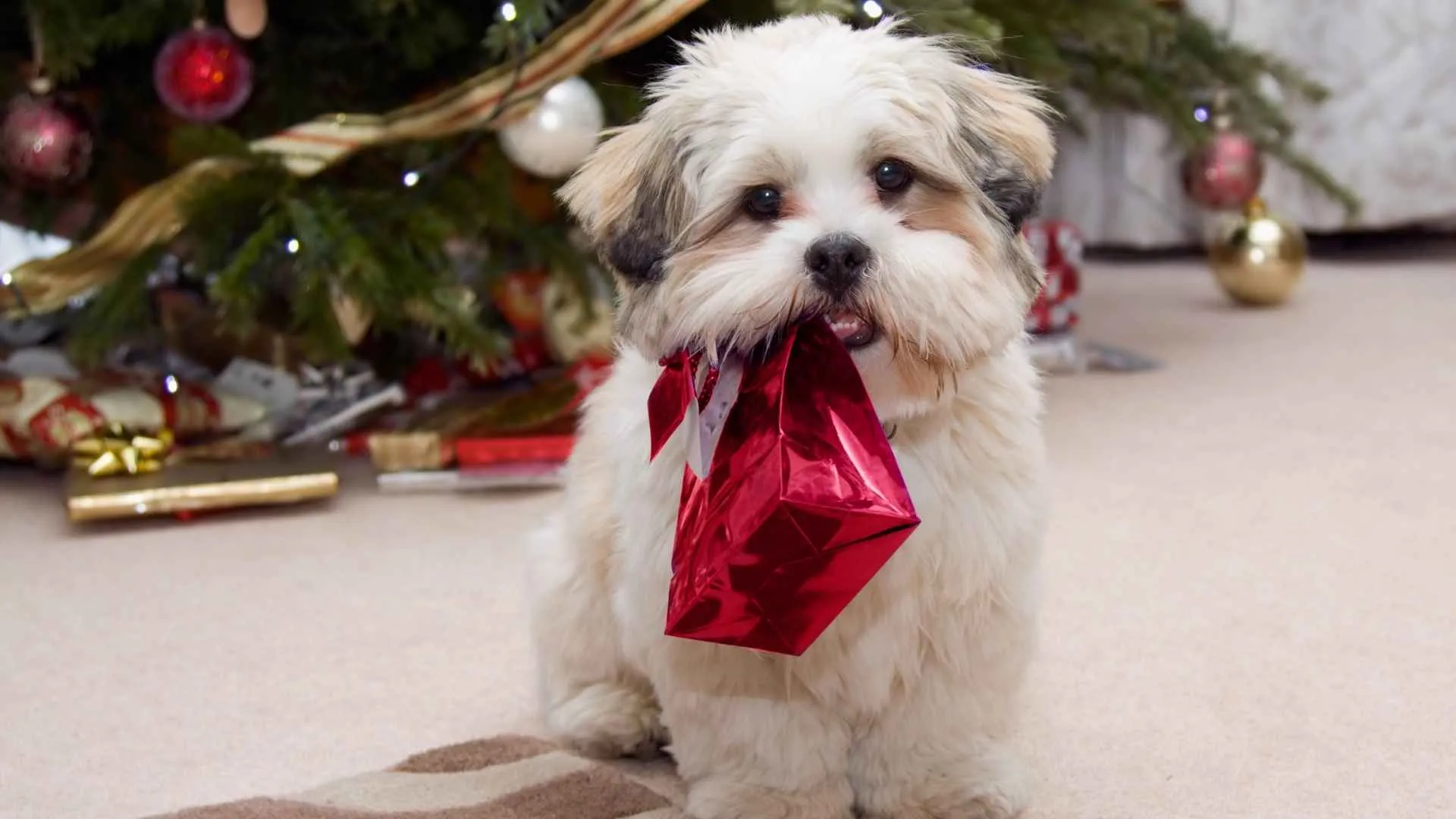
One of its most striking features is the long and flowing double coat, which is straight, dense, and reaches all the way to the floor if left untrimmed. It’s undeniably gorgeous, but that beauty comes with a price. This isn’t a breed for minimal-grooming households. Regular grooming is a must. They need daily brushing to prevent tangles and occasional professional grooming to keep that coat manageable and clean.
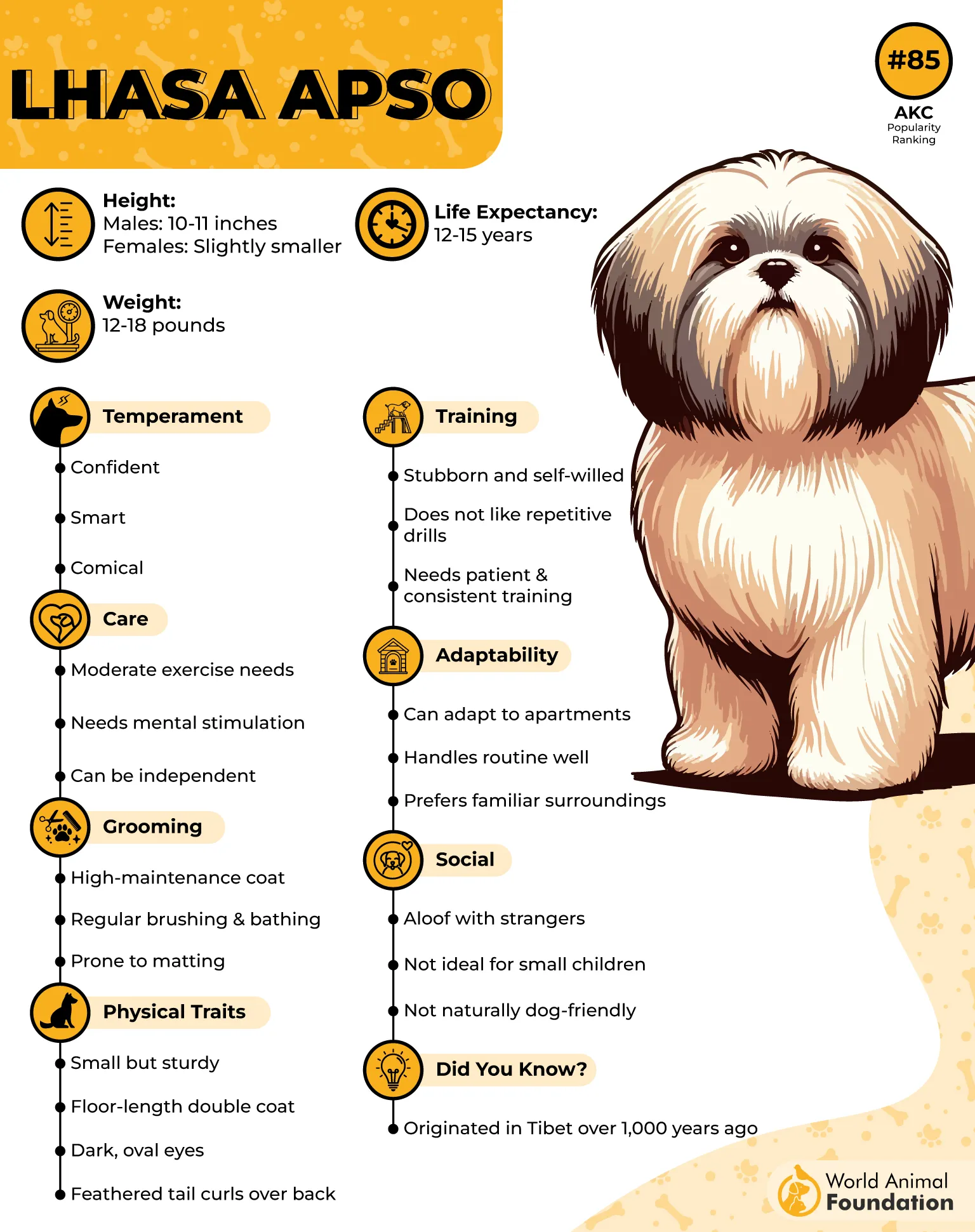
Lhasas tend to do well on high-quality dog food formulas. Many dog owners notice that they thrive on a mix of lean proteins and easily digestible grains. They are low-energy dogs. They don’t need long runs and love short walks and indoor play, as it keeps them content.

The Lhasa Apso isn’t eager to please everyone. Once you’re in its circle, you’re in for life, making it one of the dogs who want a companion with dignity and devotion.
6. Spanish Water Dog
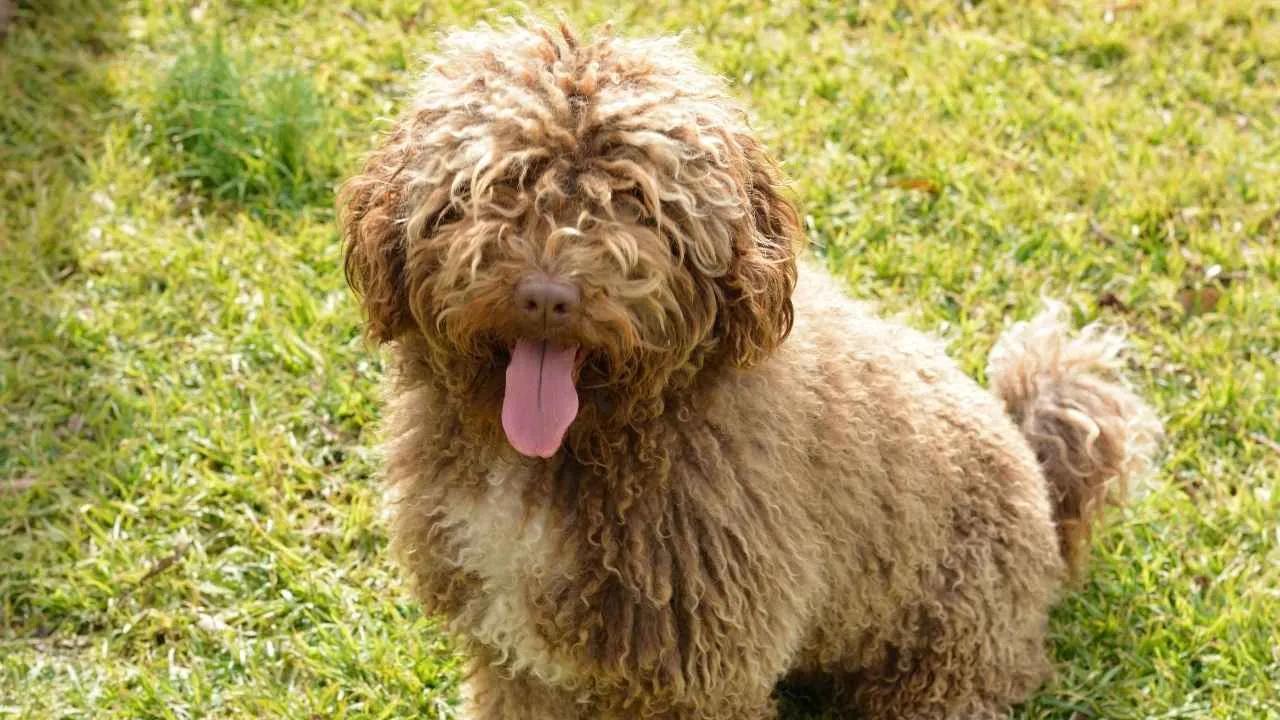
They are adorable dogs and were bred as herding dogs, and they look like a mop. They have curly coats that are woolly and grow into mop-like cords. Spanish Water Dogs have single coats and fewer undercoat hairs. These are medium-sized dogs and are brilliant at puzzles and games. They need good activities for mental stimulation. They can go on daily walks.
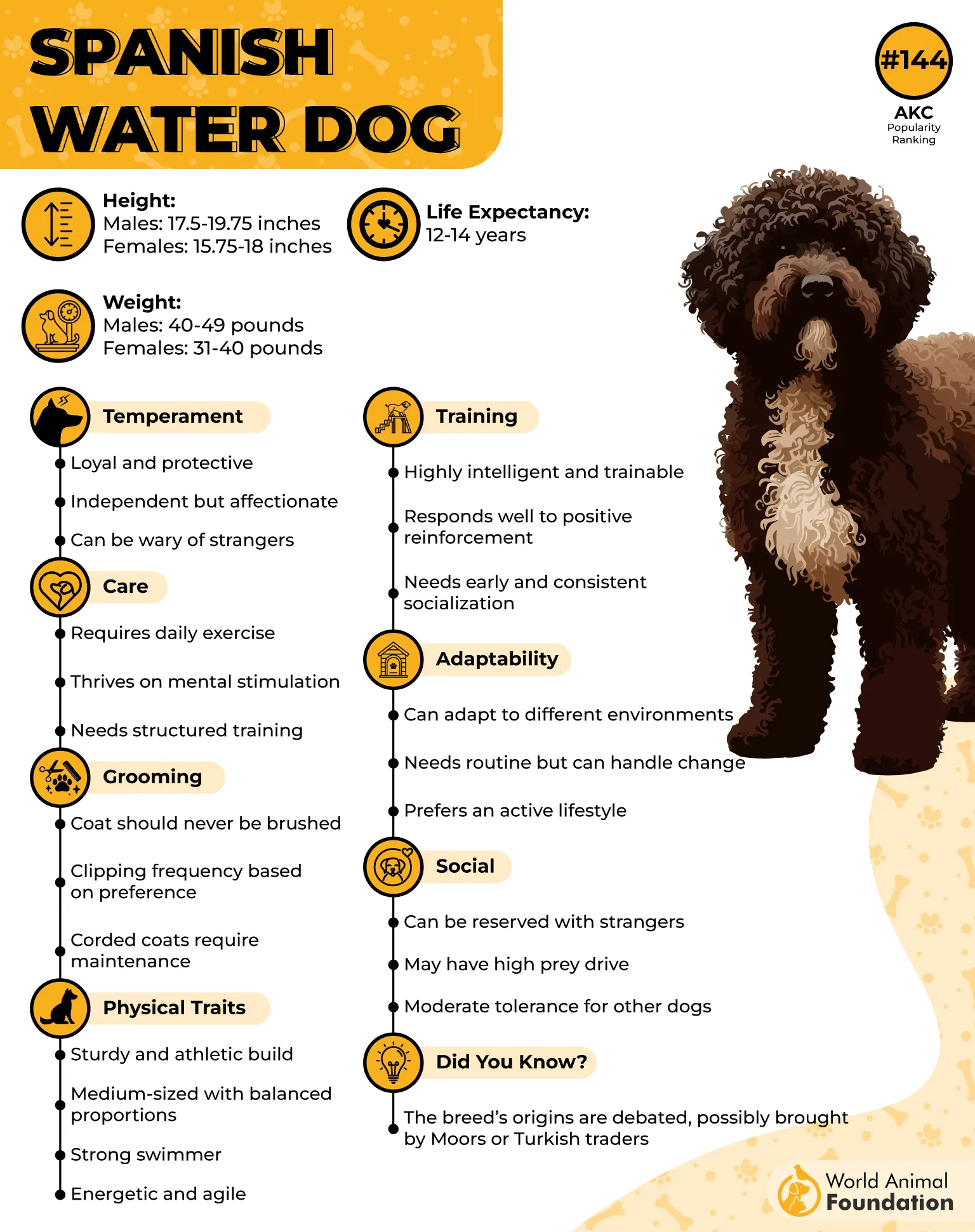
They are deeply affectionate, loyal, and alert. Spanish Water Dogs might outsmart the average pet owner. They need high-protein to keep their health, specifically to maintain their joint healthy.
It is also one of the expensive dog breeds to handle, as Forbes mentions.
7. Barbet
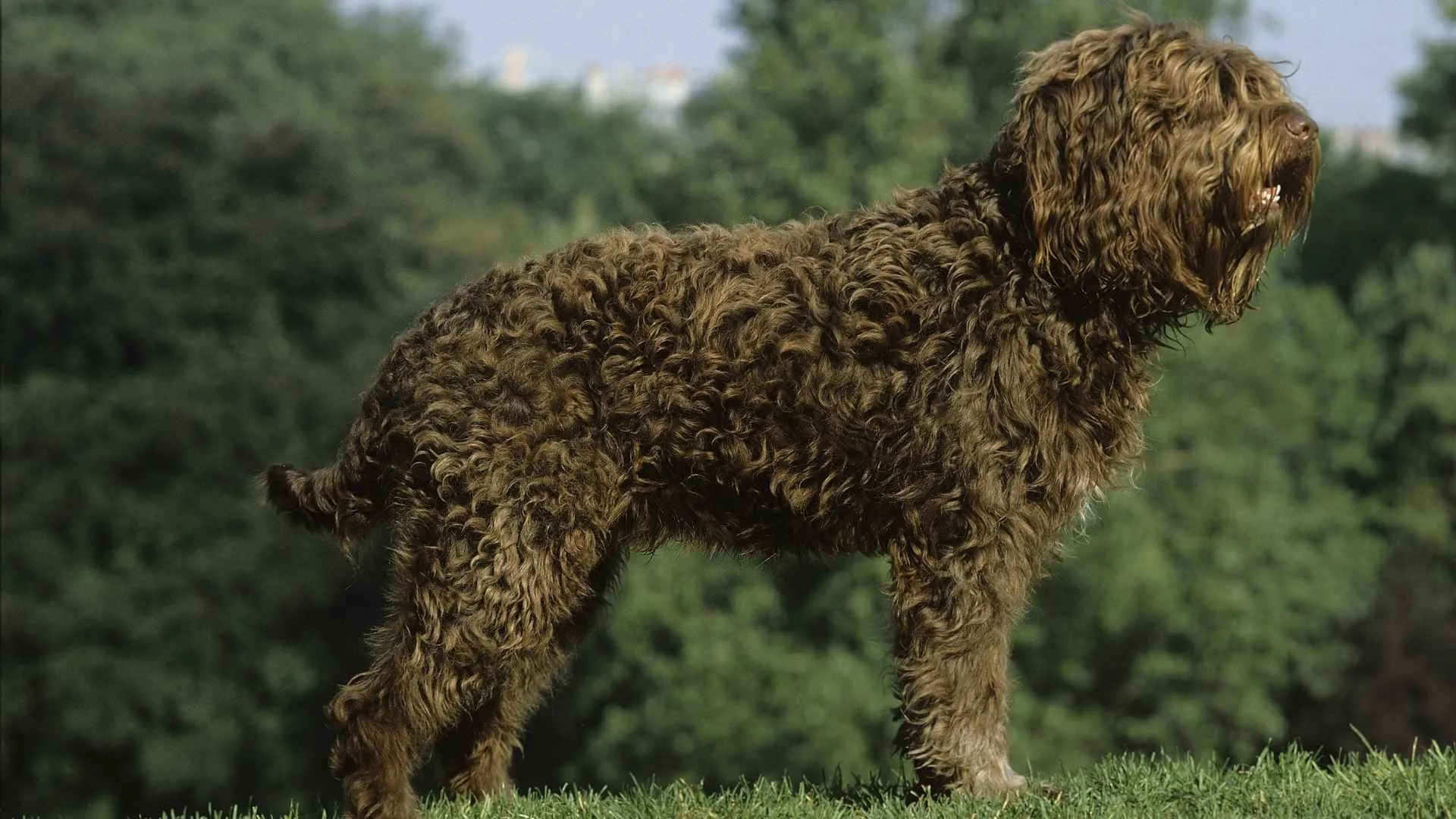
This isn’t a low-maintenance dog breed. They need to be regularly groomed. Without brushing and professional grooming, their coat can mat quickly.
As for energy, the Barbet carries the vibrant legacy of a sporting dog. It’s a low to moderate energy breed indoors, but outside? Expect zoomies, enthusiasm, and a love of water. Perfect for pet parents with smaller living spaces who still enjoy active outings and regular walks.
Though not yet as popular as other breeds, the Barbet is gaining traction among dog owners who want affectionate dogs that are as playful as they are rare. If you’re looking for affectionate companions with a twist of quirk, the Barbet might just be the best dog you’ve never heard of.
Conclusion
Whether it’s regular grooming or managing health concerns, each of these dogs deserves a home that truly gets them.
Before bringing home one of these furry friends, ask yourself: Are you ready for the upkeep? Can you commit to their physical and emotional needs? Mop-like dogs aren’t just adorable conversation starters, they’re deeply loyal companions who need structure, attention, and love.


